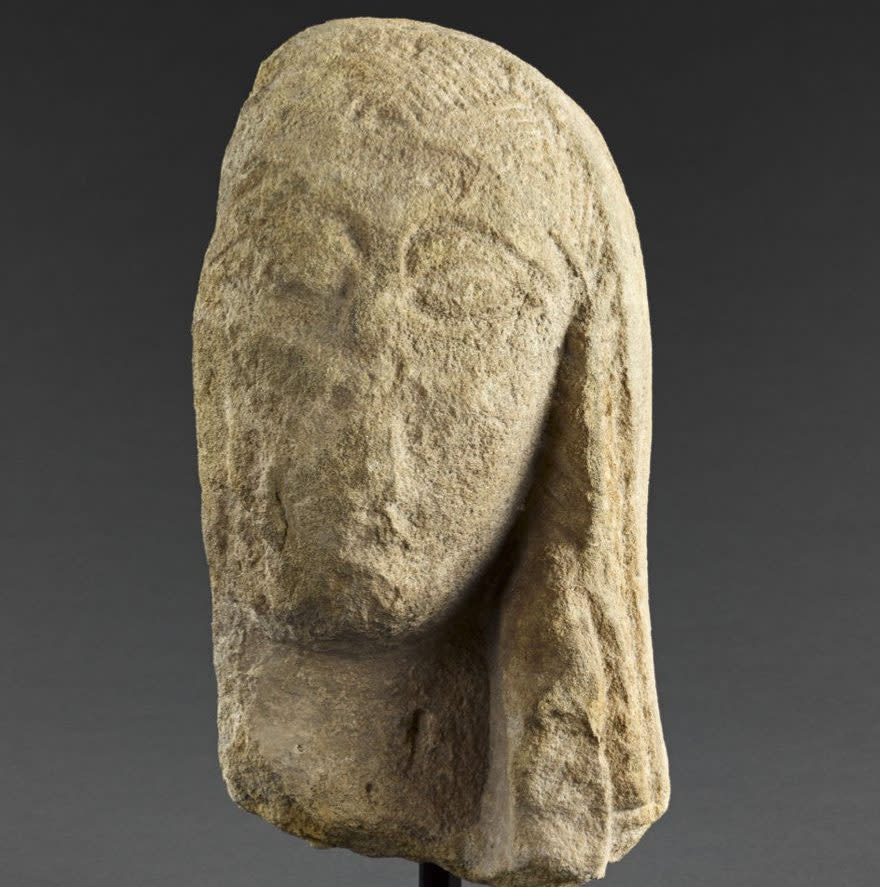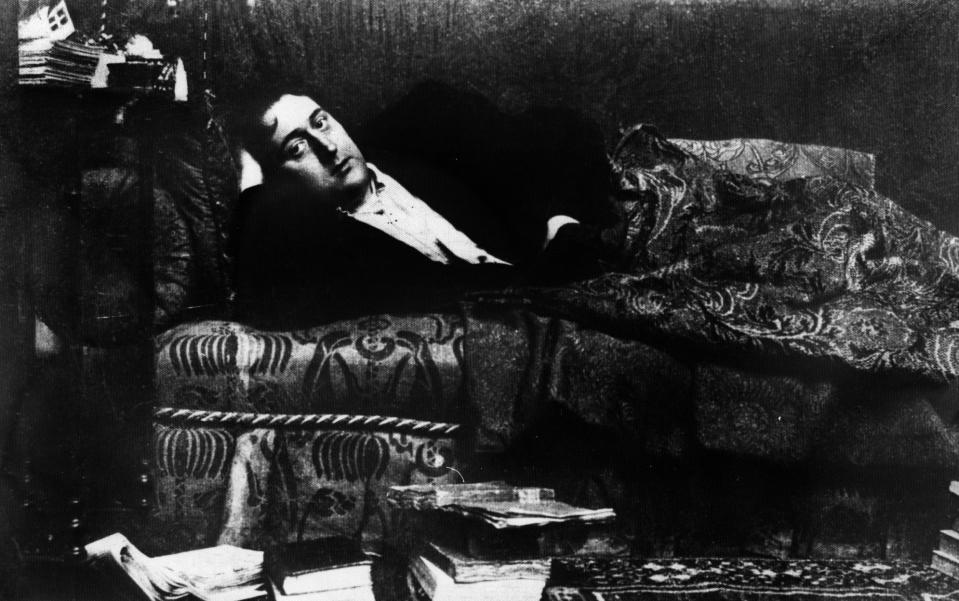It has all the ingredients for a classic crime thriller: high-value art, a heist at the Louvre and one of the most influential artists in history.
For more than a century, intrigue has surrounded Pablo Picasso’s role in the “affaire des statuettes”.
A new book now claims that Picasso not only commissioned the theft of two Iberian statues from the Louvre, but “almost certainly participated”.
Dr. Noah Charney, a Pulitzer-nominated professor of art history who specializes in art crime, argues that the sculptures were not on display at the Louvre at the time but in storage, “so they need to be sought out proactively.” .




Dr Charney told the Telegraph that each sculpture, created in the third century BC, weighs more than 15lb: “A single person could hardly have stolen both heads alone, so I argue that Picasso and Apollinaire were accomplices.”
An exhibition in Spain in 2021 questioned whether Picasso had encouraged his friend, the poet Guillaume Apollinaire, to steal two ancient Iberian statues from the museum in 1907. Picasso then hid them in his wardrobe.
He noted that, at the time of their theft, the statues had no real financial value: “They were of archaeological interest and related to the history of the pre-Roman inhabitants of what is now Spain and Portugal, the Iberians , a tribe that has only recently been gaining scholarly attention. Picasso felt an immediate connection with them, with a shared Iberian heritage visible in them.”
He said that Picasso had seen them for the first time in 1904, when they were shown in a new room in the Louvre that featured Iberian art: “As a proud Spaniard, Picasso was delighted with the ancient sculptures that there was an air of simplified Cycladic abstraction. figurines and still were thousands of years old, and was the original, most authentic art of Picasso’s homeland. The statues may not have been masterpieces of art. Stealing something may not be the most obvious choice, and yet they are stolen.”


They would be of central importance to the evolution of modern art, inspiring Picasso’s interpretation of them in his masterpiece, Les Demoiselles d’Avignon (The Young Ladies of Avignon), which began the year of their theft.
Dr. Charney is an international best-selling author of more than 20 books, including Collector of Lives: Giorgio Vasari and the Pulitzer Prize-nominated Invention of Art.
His latest research can be found in his new book, Thefts of the Mona Lisa: The Complete Story of the World’s Most Famous Artwork, published in February.
In a chapter on Picasso and the statues of Iberia, he illustrates the supposed connection to this theft of Joseph-Honoré Géry Pieret, a Belgian conman and personal secretary of Apollinaire, who later bragged about stealing things from Louvre at a time when they were simply demolished. out on tables, without locks or glass vitrines.
He writes that the Louvre’s Iberian room was out of the way and rather difficult to find: “Although it is a stretch to think that Pieret would randomly choose that room to burglarize, it is highly plausible that he should steal the room. very sculptures that Picasso admired so much… and then he happens to offer them to the Spaniard…


“We know that Picasso kept them hidden among his clothes because his lover at the time, Fernande Olivier, noted in her memoirs that, of all the artworks in Picasso’s collection, it was always strange, most of which were prominently displayed around his. apartment and studio, only these two statues remained living at the bottom of her wardrobe.”
He added that in 1911, Picasso and Apollinaire were brought in for questioning by the Paris police on suspicion of stealing the Mona Lisa because of Apollinaire’s association with Pieret as a known thief: “In fact, they were innocent of the Mona theft Lisa. , but they were frightened nonetheless – so much so that Picasso denied, under oath, ever having seen Apollinaire. [They] they were terrorized by the police not because they stole the Mona Lisa but because they stole something else.”
Apollinaire returned the two anonymous statues to the newspaper in Paris where he worked as an art critic. The police were largely involved in the recovery of the Mona Lisa so Picasso and Apollinaire managed to escape the Iberian theft.
Dr Charney expressed surprise that more attention had not been paid to this case: “It is hardly recognized, but it is a fact nonetheless. I believe I was the first to tell the ‘affaire des statuettes’ in depth.”